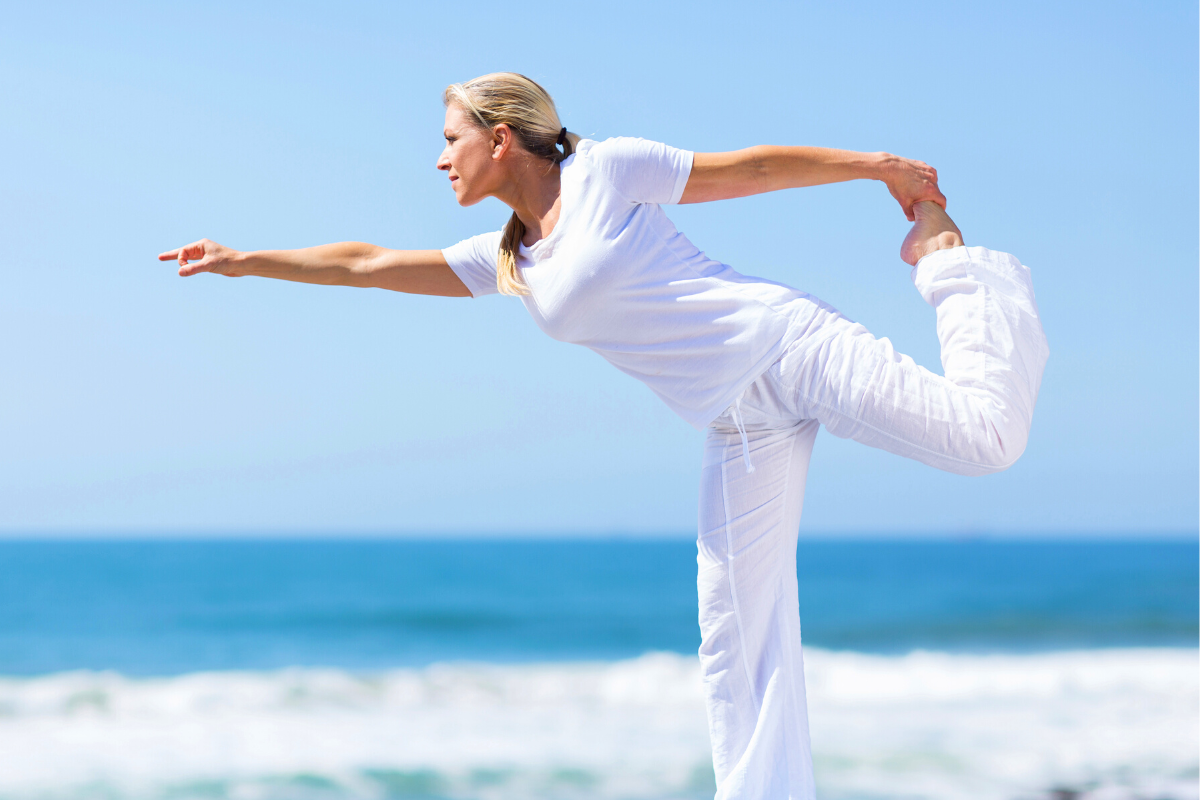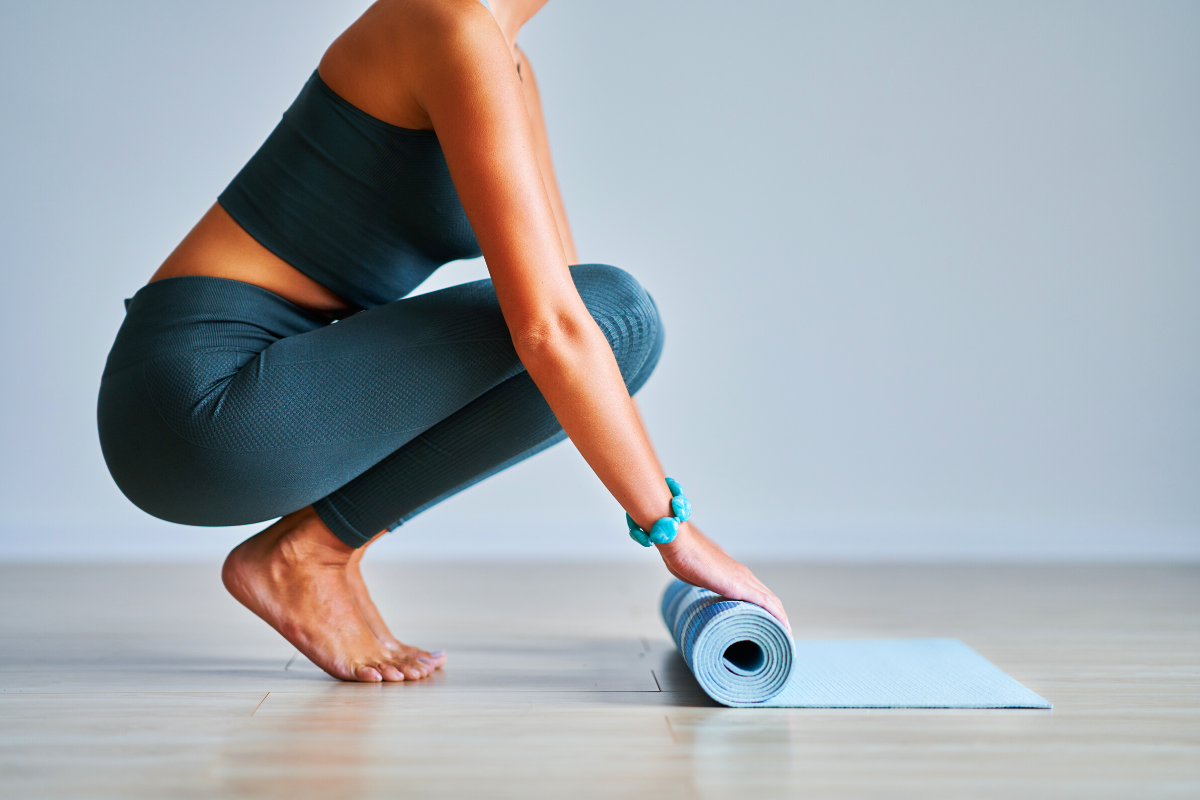An Athlete’s Guide to Menopause and Aging

Women are becoming fitter and staying fit longer than ever. In fact, recent articles in the New York Times highlighted female athletes hoping to qualify for the Olympics in their 40s and other women competing in athletic events into their 90’s. For athletic women in perimenopause, some of their top questions are about how menopause will affect their ability to train at the same level, and postmenopausal women want to know how to stay at the top of their game and avoid injury. Whether you are competing in professional events or regularly running, cycling, or engaging in other high-intensity exercise, we have tips that can help you prepare and to enjoy doing what you love safely.
How Menopause Affects Athletic Performance
The transition to menopause can lead to an array of physiological changes, including a decline in bone and muscle integrity. Overall strength tends to decrease in many perimenopausal and postmenopausal women. These women are also more at risk for injury, including fractures, pain, incontinence, and pelvic organ prolapse. According to Michelle Lyons, MISCP, PT, up to one-third of women over fifty years old are at risk of sustaining a hip fracture.
Menopause puts us at high risk for osteoporosis (decreased bone mineral density) and sarcopenia (the loss of muscle tissue due to aging). As estrogen levels decrease, it becomes harder to build muscle. Collagen is greatly impacted by a reduction in estrogen. Collagen provides stability for our skin, tendons, ligaments, and cartilage. These connective tissues are also part of the team of structures that support our internal organs and prevent pelvic organ prolapse. Also, due to the decline in estrogen, we lose some of the stiffness and stability in all of our connective tissues. Low estrogen also affects the creation of new collagen and therefore impacts recovery after exercise. This is why women who are perimenopausal and postmenopausal are so prone to injury. In particular, rotator cuff tears and tendonitis (or tendinopathies) of the shoulder, hand, hip, and foot. In fact, fifty percent of menopausal women complain of musculoskeletal pain. Our testosterone also declines during this phase of life, and like estrogen, a decrease in testosterone affects our ability to build muscle.
Female athletes are prone to pelvic floor dysfunction and bone mass loss even before reaching menopause. Colleen Fitzgerald, MD discussed her study of female triathletes at the American Urogynecologic Society meeting in 2014. She found that one in three female triathletes experiences a pelvic floor disorder, such as urinary incontinence, fecal incontinence, and pelvic organ prolapse. One in four had a component of the female athlete triad (the combination of disordered eating, dysfunctional menstruation, and osteoporosis).
The Type of Exercise Matters
If you’re already an athlete and exerciser, you’re ahead of the game. Pat yourself on the back for priming your tissues for the change in the hormones they’ve loved for so long. More good news–resistance training can counteract the effects of a decline in estrogen! Resistance training positively affects hormones (and, subsequently, tissues) more than endurance training. Because long-distance running or endurance training can increase cortisol levels, resistance training is recommended as a superior exercise mode for women, particularly women going through menopause. Michelle Lyons, MISCP, PT, preaches that the female brain is particularly sensitive to cortisol.
Furthermore, she notes that if cortisol levels are high at midlife and beyond, it will lead to the shrinking of the brain and various cognitive changes. Resistance training lowers cortisol levels and increases testosterone levels (remember that muscle-building hormone? Yeah, we want more of that!). In addition, high-intensity training is likely neuroprotective for our brain and nervous system. Studies in 2010 and again in 2011 confirm the ability to build muscle and strength in perimenopause and after menopause.

Reducing Injury During Exercise
Women need more time to recover from intense exercise than men. Men need about 24 hours between bouts of intense exercise for collagen reformation. Alternatively, women’s collagen needs 48-72 hours of recovery between sessions, particularly if estrogen is low during perimenopause and postmenopause.
Getting adequate sleep is the best way for your tissues to recover optimally. Sleeping seven hours or less per night is associated with an increased risk of injury. Adequate sleep also helps regulate hormones, including cortisol, and promotes bone health. Lack of adequate sleep is associated with decreased protein synthesis, impaired muscle recovery, lower immune function, and impaired modulation of inflammatory responses, all of which lead to injury. Avoiding high-sugar foods can also minimize your risk for injury due to decreasing inflammation.
4 Tips For Maximizing Athletic Performance During
Reduce your stress levels, eat a low-sugar diet, sleep more, and strength train your tail off. Give yourself at least two days of rest between training sessions and listen to your body. Pushing through pain is no longer the recommended training method. If you have some aches and pains, please consult your physical therapist. We are movement experts that can optimize your movement patterns to avoid further damage or injury to vulnerable tissues. Find a trainer who understands and values proper mechanics and individualizes your fitness regimen. You can locate a women’s health PT near you here.
Lastly, hang in there. The aging female is a warrior. Find time to celebrate your commitment to optimizing your health despite the challenges that female physiology throws at you. And know that when this female athlete in her mid-thirties sees you at the gym, she sees you as a role model who is redefining menopause.
For more expert education and tips on staying fit in midlife, download Midday from the App Store or visit us at Midday.Health.
Katie Ruebush, PT, D.P.T. is a women’s health physical therapist specializing in pelvic floor and obstetric physical therapy. As a lifelong athlete and now mother, she enjoys helping clients reach their personal goals of returning to their activities of daily living, hobbies, and exercise routines after injuries, surgeries, or childbirth. Dr. Ruebush graduated with a doctorate of physical therapy from Washington University in St. Louis and completed a clinical rotation in women’s health at Rush Hospital in Chicago, Illinois. She earned a B.S. in exercise science and a B.S. in human performance and fitness from St. Ambrose University in Davenport, Iowa, where she received the Major of the Year award. She is currently completing her M.B.A. from Louisiana State University. You can find her at Physio Pharm.
Sign up for more unique women’s health content
By submitting this form, you agree to the Lisa Health Privacy Policy and Terms of Use

